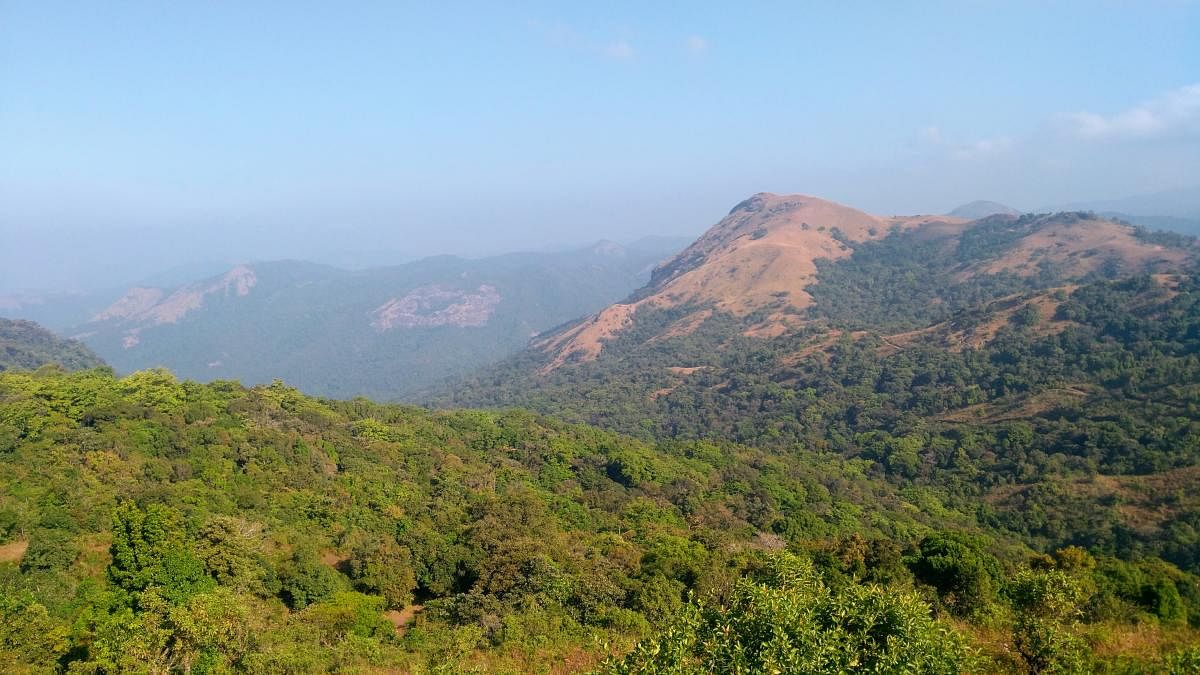
The Union government’s move to provide blanket exemption to ropeway projects will deal a big blow to the ecologically sensitive areas at a time Karnataka alone has proposed 15 such projects in places like Kodachadri, Kumara Parvatha, Jog Falls, Mullayanagiri and even Joida.
The Ministry of Environment and Forests and Climate Change (MoEF&CC) on Wednesday issued a notification, exempting physical infrastructure of the aerial ropeways from the requirement of the environment clearance, a rule that had hitherto helped assess the environmental impact of such projects.
The move came after an expert committee in the ministry recommended that aerial ropeways were environment-friendly mode of transport in hilly areas with least impact on environment compared with roads.
Senior forest officials said the ministry’s move will be misused a great deal by projects driven by contractors or politicians.
“The MoEF’s exemption may be aimed at helping people in hilly states like Himachal or Uttarakhand who do not have alternative modes of transport. In Karnataka, where governments have already made inroads into core forest areas, such relaxations will be rampantly misused to destroy ecologically sensitive areas,” a senior officer cautioned.
In Karnataka 15 ropeway projects have been proposed and some of them are at tender stage.
“Aerial ropeways have been proposed at Nandi Hills, Mullayanagiri, Chamundi Hills, Kodachadri, Devarayanadurga, Anjanadri, Jog Falls, Yana, Kumara Parvatha, Madhugiri Fort, Kemmannugundi, Rajahansgad, Chapali (Uttara Kannada), Joida as well as to connect islands in backwaters in Sagar taluk (Shivamogga). Eight of these will be taken up by next year. Three are at tender stage,” sources in the government confirmed.
The latest exemption has come two years after the MoEF excluded ropeway projects from Forest Conservation Act (FCA), noting that they are far less likely to cause erosion of the hill terrains and cause landslides compared with roads.
“While the exemption under FCA is understandable, the government should have retained the environment impact assessment, which is the best way to understand the damage caused by such projects. Ropeways require a good expanse of area for construction of launching pads and landing zones. The lack of such regulations means the construction will happen without study of carrying capacity and the damage suffered by the environment,” another officer said.
Yet another officer noted that Yana, Joida, Kumara Parvata and Kodachadri are part of core areas of the wildlife sanctuaries.
“Considering the threats posed to wildlife by climate change, we have to look at the ways to stop human activities in core areas. Places like Kumara Parvata are already seeing landslides. We can’t be adding anymore pressure, especially in such areas,” he added.
Echoing similar views, retd PCCF (HoFF) B K Singh said the exemption is understandable in inaccessible hilly areas to provide last-mile connectivity.
“It is certainly not justified for tourism purposes. It disturbs the tranquility of nature. Mindless development at the cost of destruction of nature especially when we are facing prolonged heat wave across the country on account of climate change, can further aggravate the situation. We should stop playing with the nature,” he said.
Check out DH's latest videos